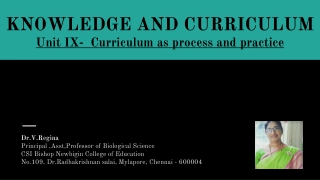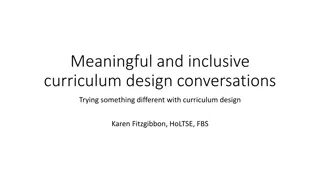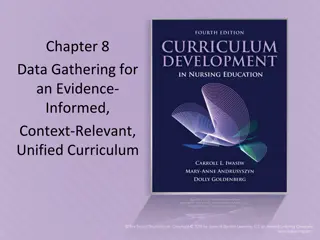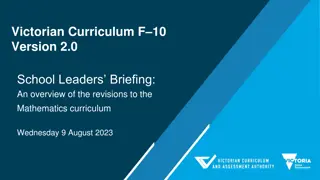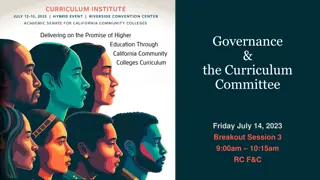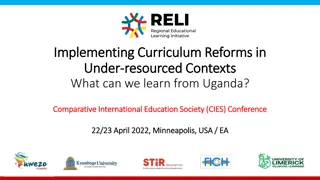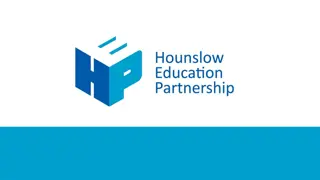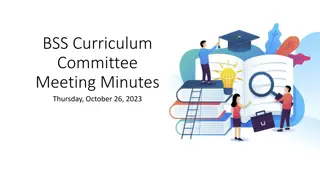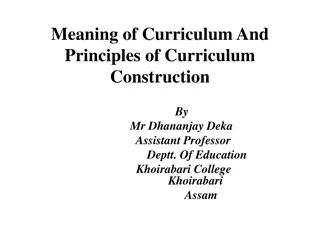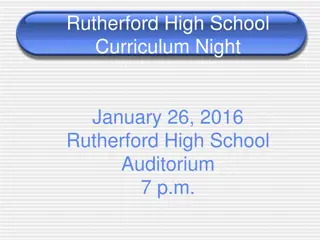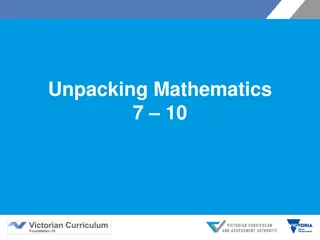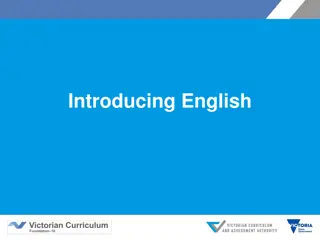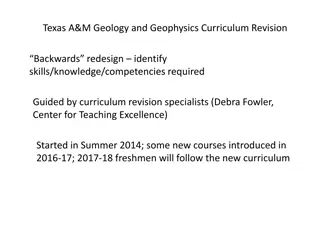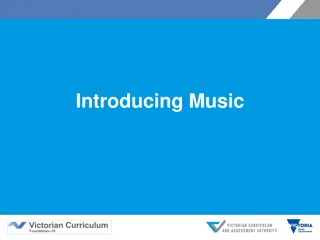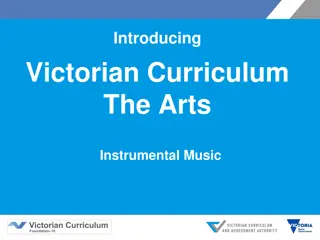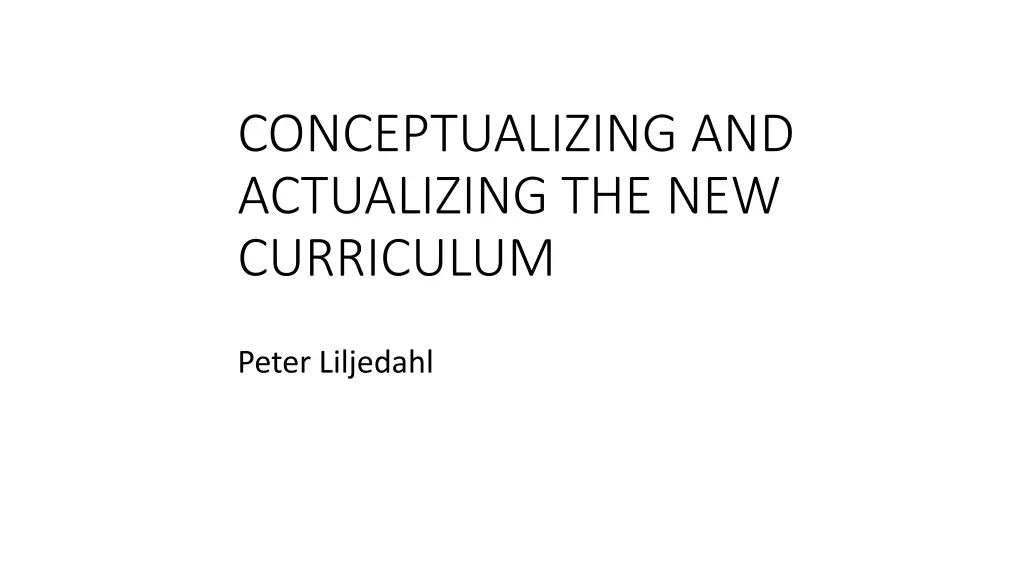
Exploring Mathematics: Foundations & Problem Solving
"Discover the essence of Mathematics in Foundations and Pre-Calculus through inductive and deductive reasoning, problem-solving techniques, communication, cultural perspectives, and real-life applications."
Download Presentation

Please find below an Image/Link to download the presentation.
The content on the website is provided AS IS for your information and personal use only. It may not be sold, licensed, or shared on other websites without obtaining consent from the author. If you encounter any issues during the download, it is possible that the publisher has removed the file from their server.
You are allowed to download the files provided on this website for personal or commercial use, subject to the condition that they are used lawfully. All files are the property of their respective owners.
The content on the website is provided AS IS for your information and personal use only. It may not be sold, licensed, or shared on other websites without obtaining consent from the author.
E N D
Presentation Transcript
CONCEPTUALIZING AND ACTUALIZING THE NEW CURRICULUM Peter Liljedahl
BC Curriculum Revisions 1968 what 1976 what 1984 what + how 1994 what + how 2003 what + how 2008 what + how 2015 how + what
MATHEMATICS 1 Foundations and Pre-Calculus Reasoning and analyzing Inductively and deductively reason and use logic to explore, make connections, predict, analyze, generalize, and make conclusions Estimate Develop and apply mental math strategies Use tools {appropriate technology) to explore and create patterns, examine relationships, and test conjectures strategies to solve puzzles and win games primary trigonometric ratios metric and imperial measurement conversions analysis of measures of central tendency, including outliers experimental probability income, including taxes and deductions savings and compound interest area and volume relations among data, graphs, and situations powers with integral exponents multiplication of polynomial expressions common factors and trinomial factoring linear equations with rational coefficients linear relations Understanding and solving Implement multiple strategies to solve problems in both abstract and real-life situations using different cultural perspectives Develop, construct, and apply mathematical understanding through play, inquiry, and problem solving Communicating and representing Use mathematical vocabulary and language to contribute to mathematical discussions Communicate in a variety of ways Explain, clarify, and justify mathematical ideas Develop mathematical understanding through concrete, pictorial, and symbolic representations Use technology appropriately to record, communicate, and represent thinking Connecting and reflecting Visualize and describe mathematical concepts Explore, apply, and connect mathematical concepts to each other and make mathematical connections to other disciplines and the real world Use dynamic visualizations to explore geometric and graphical relationships Use mathematical arguments to support personal choices and recognize the consequences Apply cultural perspectives of First Peoples to the concepts of locating, measuring, and numbering
MATHEMATICS 1 Foundations and Pre-Calculus
TEACHING AT THE INTERSECTIONS Unintended Consequences
GOOD PROBLEMS Then and Now
How did you estimate..? Explain how the referent helped you ? Is the total closer to 5 or 10? When might you need to partition numbers? What strategies did you use to solve the problem? How would you justify your solution? _________________________________________________________________ GOOD PROBLEMS Then and Now When you explored ways to , how can you prove that you have the same .? When might you need to ? How many ways..? Show your strategies. How might you apply what you learned...? Why did you choose a specific strategy? _________________________________________________________________ What did you notice? How could you represent you thinking (concretely, pictorially, symbolically)? How would you explain the strategy you used? Explain how you solved the problem. Explain what you learned. Draw a picture to show your thinking. How would you describe your solution? How would you model the concept and explain your thinking to others? Describe and compare How would you interpret the relationships ? Explain how you know Why does this make sense? Explore representing and describing What did you notice? How did you use technology to explore ? How did you use technology to solve the problem? How did you use technology to communicate and represent your thinking? Express your thoughts about your discoveries. _________________________________________________________________ How did you visualize to help solve the problem? Describe what you visualized when you were solving the problem. When might you use what you have learned? How might this connect to other mathematical concepts? How might you apply what you have learned? Demonstrate how you know this can be applied to other situations. How is this problem like something you solved before?
What did you notice? How could you represent you thinking (concretely, pictorially, symbolically)? How would you explain the strategy you used? Explain how you solved the problem. Explain what you learned. Draw a picture to show your thinking. How would you describe your solution? How would you model the concept and explain your thinking to others? Describe and compare How would you interpret the relationships ? Explain how you know Why does this make sense? Explore representing and describing What did you notice? How did you use technology to explore ? How did you use technology to solve the problem? How did you use technology to communicate and represent your thinking? Express your thoughts about your discoveries. GOOD PROBLEMS Then and Now
ASSESSMENT Then and Now
THANK YOU! liljedahl@sfu.ca www.peterliljedahl.com/presentations

